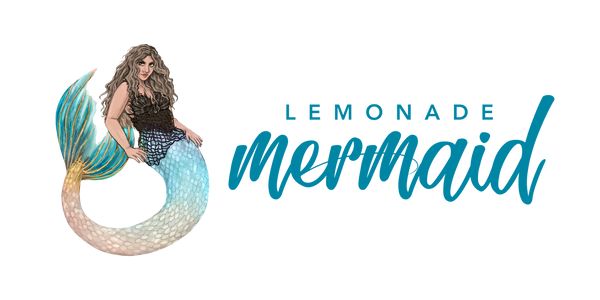Airbrushing with Silicone
Share
The cardinal rule of silicone: "Silicone Only Sticks To Silicone."
You have to airbrush your silicone with silicone, if you want your paint job to last. There is no other material out there that you can airbrush and bind to your silicone.
Realistically, this is a frustrating and slightly unorthodox process, and there's a high chance you'll mess up an airbrush or two. But hopefully we can bypass some of that together here. And once it clicks, you'll get it right almost every time after.
To get started, you will need an airbrush with compressor, silicone, mica pigment, and odorless mineral spirits. You can find the exact items I use under my "Silicone 101" entry. Keep in mind, I'm only going over the technique that works for me. There are other techniques out there that you can research if this one doesn't work for you.
You might be asking yourself, "Starr, why aren't you using SilcPig or PsychoPaint?"
The simple answer is, "I don't want to."
Neither of those things fit my needs in terms of color customization or curing speed. I've honestly never looked twice at SilcPig... and for what I'm doing, PsychoPaint is functionally the same as Dragon Skin 10 Fast (I use Very Fast), and costs more per oz. I don't see a reason to purchase a more expensive product when I can get a fast-curing, great result with Dragonskin. You can use Fast if you want a slower-curing layer of paint, but keep in mind that thinning your silicone with odorless mineral spirits will also slow curing time.
Do this outside or in a well-ventilated area, wear clothes you don't care about, yadda yadda...
1) Measure out a small amount of Part A, and mix in your mica pigment of choice.
As with all of my silicone processes, I make sure my color is right in Part A BEFORE mixing in my Part B. This gives you more time to get your color right before your silicone starts to cure. I know this is subjective, but use more mica than you think you need.
2) Measure out your Part B, and mix in with your Part A + mica.
Again... the moment you add Part B, your silicone starts to cure. Make efficient use of your time.
3) Thin out your mixture with odorless mineral spirits.
This is very much trial and error. Your mixture should be around the consistency of milk, if not slightly thicker. If it's too thin and watery, it will gather and pool and look terrible. If it's too thick, it won't push through the airbrush. It's best to start out thicker, and thin as needed.
4) Pour your mixture into your airbrush, and start painting. Keep the nozzle pointed down, do not tip it back.
I tend to leave my airbrush more open when I paint, so more pigment gets through. Others prefer to have it closed for finer detail. It depends on what effect you're trying to achieve, the consistency of your silicone... again I stress that a lot of this is trial and error.
5) Clean your airbrush.
Ok so, hear me out on this... I take out the long needle in the airbrush, mix up some Dragonskin (I don't thin it), and I pour it into the airbrush. KEEP THE NOZZLE DOWN while the cleanup silicone is curing. Once it cures, I can peel out all the gunk basically in one giant pieces. I use fine tipped tweezers to grab whatever is left. Sounds weird, works every single time.
Well, there you have it. Again, this is what I do. This is what works for me. There are other techniques out there you can research yourself if this one is too complex or weird. You can even share tips in the comments!
